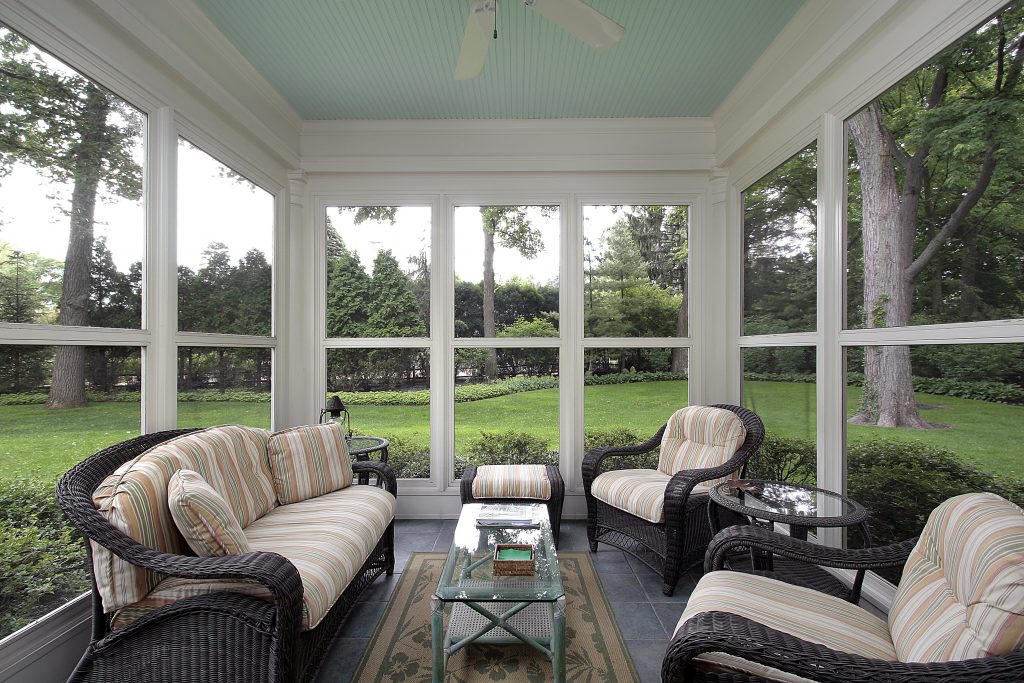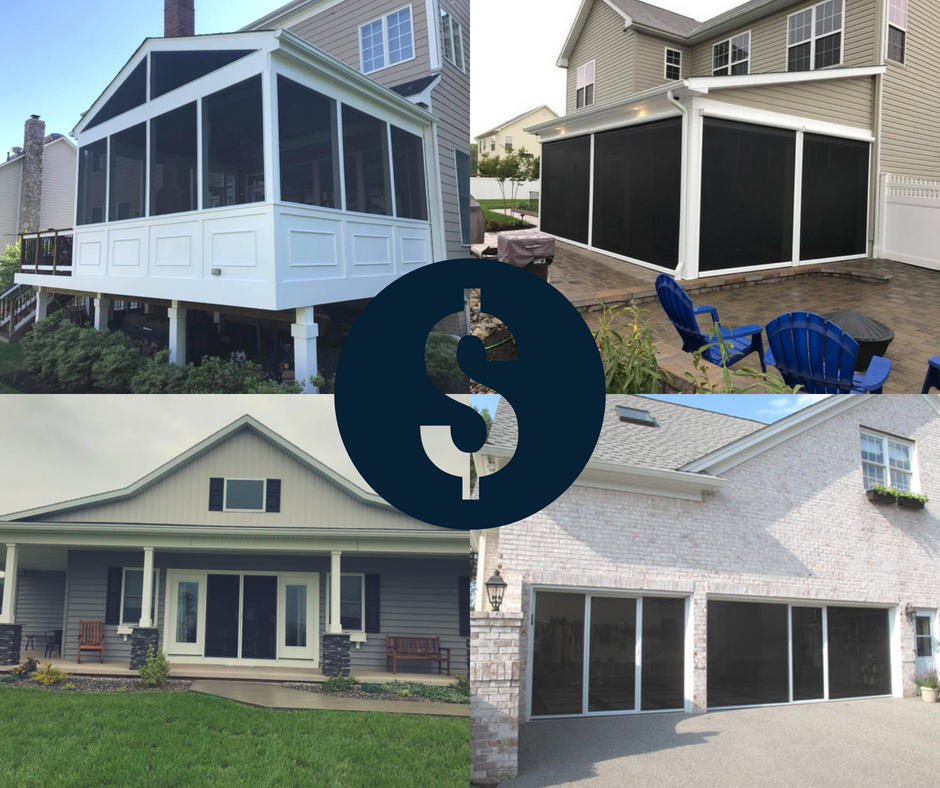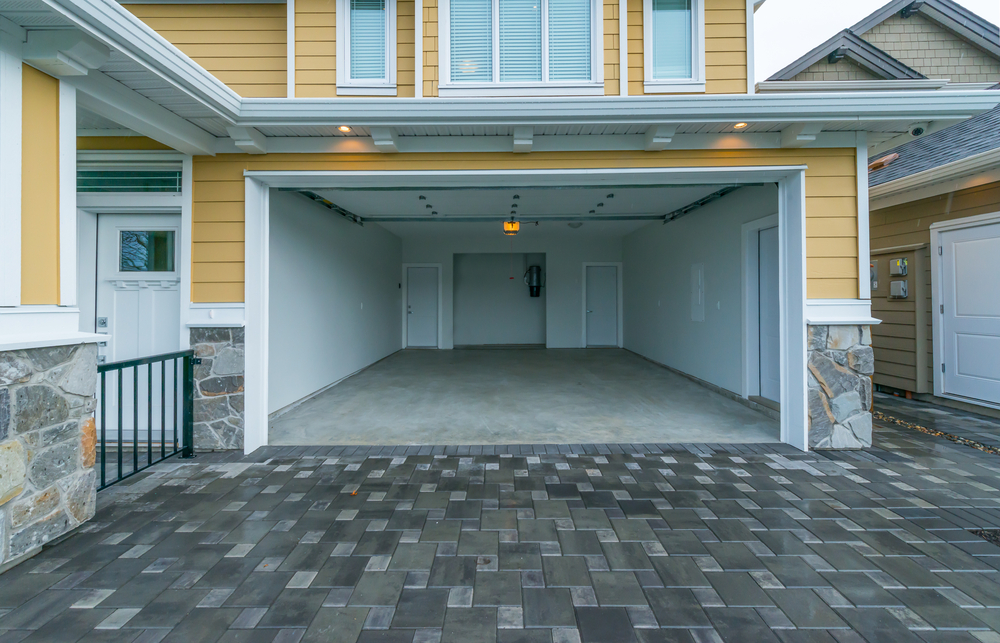
Screens: A Window to Six Degrees of Separation
Screens: A Window to Six Degrees of Separation
What do tigers, cheese, the Civil War, mosquitoes, Native Americans and Dr. Walter Reed all have in common?
You may be surprised to hear that it is the evolution to what is now the American mesh window screen.
Window and door screens are basically as old as the window and door frame. The first screens were constructed of ceramic, stone or wood and are still a modern architectural component of many eastern cultures today. Ancient screens as far back as the 1300’s were made for function, aesthetic and social hierarchy. In China and India for centuries ornate wooden screens embellished structures with designs of lattice or legendary creatures, and were sometimes painted or trimmed in gold leaf. These screens not only provided division, aeration, protection from invaders such as humans and tigers and visual design, but they also offered transforming patterns and shadows illuminated by light. As lovely as these hardscaped ancient screens were there was still one type of creature they did not keep out—insects. However, ornate cloth screens were often additionally used to shield from insects, dust and still allowed some light to radiate through.
Fast forward a few hundred years to North America and you will find a vast difference in the look and construction of window and door screens. Unlike many other parts of the world by the turn of the 20th century wire screens became popular in homes and buildings in the United States (U.S.) and are still a vital component of our living structures. Historian Russell Lynes once said that window screening was “the most humane contribution to the 19th century and the most unsung”.
Not unlike the function for the eastern cloth screens, the first window and door screens in the U.S. were made from cheesecloth. However, unlike the ancient screen cheesecloth was not as visually appealing, and still lacked the crucial functions that later became obviously essential. Next came horsehair mesh screens and then references of wire mesh screens can be found as early as the 1820’s, but it wasn’t until the latter part of the 1800’s that they would become customary.
How and why did wire screens grow in such vast notoriety from the 1880’s to the 1930’s to become a staple in homes in the U.S.?
Due to the Civil War some markets fell drastically in the south. One particular market was the cheese industry and the tools for making these goods. One tool in particular was a wire mesh sieve used in productions and made by the company Gilbert & Bennett of Connecticut. Due to a surplus in wire mesh and desperation to keep the company afloat, a crafty employee constructed and painted some “sieves” against rusting and began selling them as window screens. This changed the course for that company and established a new good for households. However, by the end of the war screens were still an item that hadn’t found necessity, and was still a middle and upper class adornment. However, by the turn of the 20th century there were more patents for wire mesh screens in the U.S., and within the first decade households would be flocking to have them installed. So much that even the Boy Scouts of America would be aiding communities to install and maintain window and door screens.
Window and Door Screens Save Lives—20th Century Breakthrough
Have you heard of the famous military medical facility in Washington D.C.—Walter Reed National Military Medical Center? We can all thank the namesake, Major Walter Reed, M.D. of the U.S. Army, for saving countless lives (human & animal) from his discoveries. After working with hundreds of Native Americans and soldiers in the western U.S. Dr. Reed decided it was essential to investigate diseases based on living conditions. This spark of scientific exploration eventually led him east to Johns Hopkins to begin his journey and the breakthrough that parasites and insects, namely mosquitoes, were the cause of diseases such as the epidemic of yellow fever and malaria in the south that had already taken thousands of lives. He found that the wire mesh screens could protect people from these infiltrations, and window and door screens quickly became a basic health necessity.
Between 1901-1905 after efforts to control mosquitoes and other culprits the epidemics had dropped. By this time window and door screens on houses were now a sign of cleanliness, good housekeeping and proper hygiene. In 1915 distribution of the North Carolina Health Bulletin stated, “Any home that would today be healthy or that has any idea whatever of decency will certainly have screens in the windows and doors of at least the dining room and the kitchen. The whole house should be screened.” In the 1920’s a flicker of creativity was ignited by a movement of painted screens in Baltimore, MD which is part of folk-art tradition that is still being carried on. And, the progressing growth of screening became even more evident in a 1930 survey by The Journal of Home Economics which ranked the most important “household appliances”. Window screening ranked number three after running water and sewage disposal.
21st Century Screens: Easy, Essential, Effortless, and Ever Evolving!
Fast-forwarding again to the 21st century and mesh screening is a standard in U.S. homes, however, much advancement has been made to the materials, sizes and functions that now make up the various products. Mesh window screens maintain their functions, but have gained much ease in usage and installation. Some mesh screens are still made out of aluminum or brass wire mesh. However, there has been an evolution into synthetic fibers such as fiberglass, nylon and polyester. Additionally, strides were made in the mesh we use today and features such as UV protection and pollen/allergen filtering is not available. Screening and rescreening is now such an unproblematic and comfortable task for the experienced and skilled window and door professional that we are confident we can help you with your unique installation needs. We pride ourselves with providing excellent service and a no pressure, no obligation consultation and quote.

How Much Should It Cost to Install Screens for your Home?
Screens are not only barriers to keep out unwanted insects, but can serve as aesthetic statements and practical fixtures outside your home. But, before you rush off and screen in your porch or re-screen your windows, understand how important it is for you to have a plan and accurate cost information to establish a budget prior to the start of your outdoor project.
Most homeowners are fairly savvy and begin their research by looking online to get an idea of what their project might cost. We generally caution against this approach because not all the information you read online is complete or accurate, and you could be in for a “big surprise” after contacting your local contractor or handyman.
When you “Google” the price for installations you will only be given a general price based on a national average. These prices often do not take in account many factors that will affect the realistic price. Factors such as local labor rates, local material costs, local permits, location of your home, types of materials selected, special features, removal costs, size of project, and customization, etc. While you may find this generalization helps you in determining whether or not this is a project that you want to move forward with, calling your local screen expert for a free estimate is always the safest bet.
Maryland Screens are experts in outdoor screening solutions and knows what it really costs to re-screen doors, windows, porches and more. Our company prides itself in providing homeowners with beautiful, durable and secure screens and awnings. The products and services we offer are the best in the industry, custom retrofitted, personalized, and never standardized. Your projects are not only a reflection of your style and personality, but also key home features that are fully functional and gratifying.
General Screen Cost Guidelines
In order to preset expectations, please find the following average rates including installation fees you should expect to pay for the following screen products:
| Item | Cost |
|---|---|
| Motorized Screens* (per screen) | $3,000 each |
| Porch Rescreening (for an average 12’x16′ porch) | $3,000-6,000 |
| Single Retractable Screen Door (custom installed to your door opening) | $600 |
| French Retractable Screen Doors (custom installed to your door opening) | $1,200 |
| Retractable Awnings (cost depends on length) | $3,000-5,000 |
| Garage Door Screens (average per screen – retrofitted to the door opening) | $1,200-1,800 |
| Rescreening (includes pick up, rescreening & return-based on quantity and product/project size) | $25-$75 each |
| Vinyl Post Wraps (per post) | $125-300 each |
Additional Costs—there are extra costs for further customization, accessories and material upgrades.
*Motorized Screens tend to be more expensive due to the extra mechanical features. These power-driven screens can offer wireless and programmable aspects as well.
Saving Some Time and Money
Doing some extra research, making solid choices ahead of time and hiring a professional will not only save you headaches, but also money. After thoughts or even in-the-process thoughts will be costlier. Take time to consider usage, location, product choices and fixture types. Write down any questions and never hesitate to call or ask questions.
Why You Should Hire Maryland Screens
Even though we understand that cost is a major factor in the decision making for home projects, it is also crucial to hire the right contractor! You want an outcome of pride and function that can only come from a contractor with a high attention to detail, extreme care and carefulness and experience. The finishing touches requires highly skilled craftsmanship. Getting the project done right the first time is essential—with the right tools, materials and the right contractor… Maryland Screens. Don’t settle for satisfactory—we want you to be excited and look forward to your new product(s). Contact us today to set up an appointment for a free estimate.

